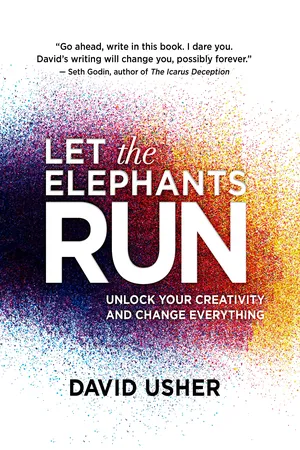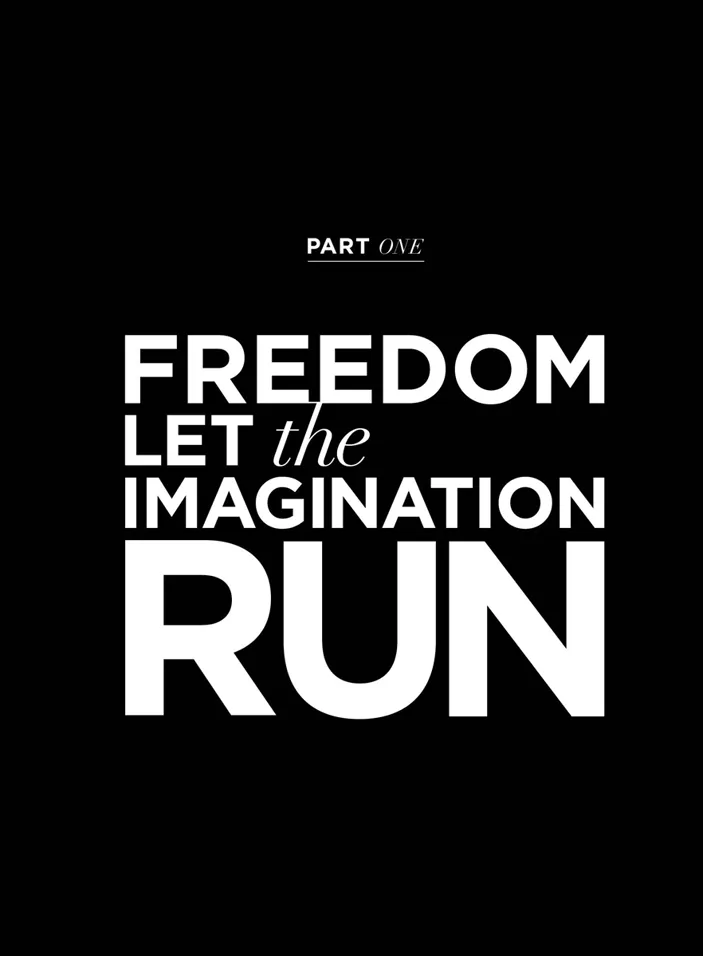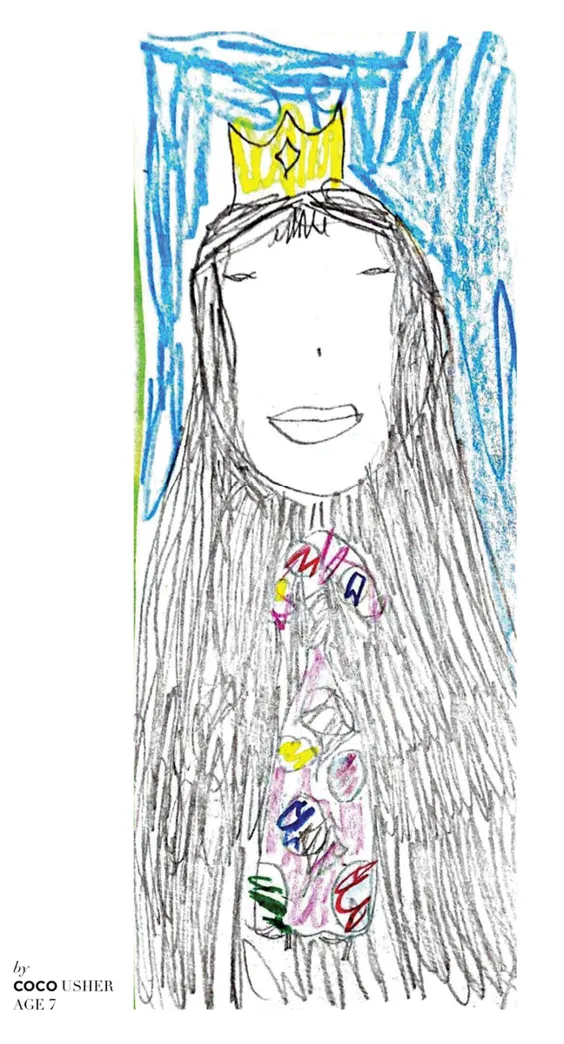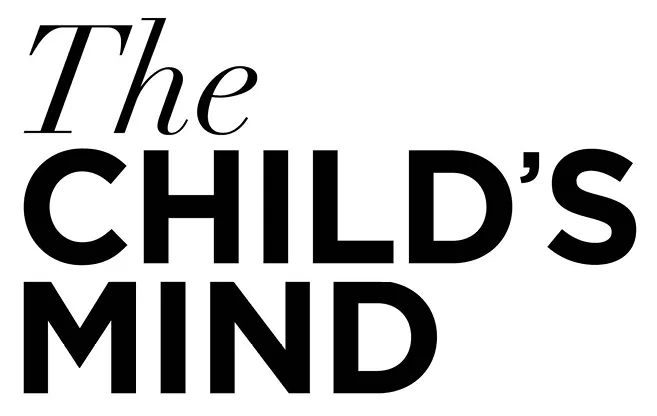I have young kids, so the experience is fresh for me. When you walk into a good and loving preschool what you see is imagi-nation gone wild: crazy, excited play and boundless creativity. There are kids in one corner riding imaginary horses, others with their hands deep in paint making incredible art. Some are running for cover from descending dragons, or wiggling on the floor as mermaids in an undersea world. They are all doing something creative. If you give children freedom, they naturally know how to play. What you will not see (if you give them that freedom) is half the kids playing while the other half sit like lumps waiting for instructions on what to do. Children instinctively know how to use their imaginations, how to be creative, and how to let it all hang out. It is as natural as breathing.
We don’t need to teach children to be creative; in fact, most of the time we just need to get out of the way. Openness and the ability to access exploratory play are big parts of creativity, but as we get older we become alienated from these abilities. We were all born with this built-in imagination. That is, until the organizational efficiencies of the school system drive it out of us.
In a study published in the science journal Cognition, MIT professor Laura Schulz and her colleagues looked at how four-year-olds learn. She took a toy — consisting of four tubes that could be played with in a number of different ways — and gave it to two different groups of children. She let the first group discover the toy’s many functions on their own. With the second group she acted more like a teacher, instructing them on how the toy worked but only in one specific way. Then she left both groups of children alone to play with the toy. As Alison Gopnik described in Slate:
“All of the children pulled the first tube to make it squeak. The question was whether they would also learn about the other things the toy could do. The children from the first group played with the toy longer and discovered more of its ‘hidden’ features than those in the second group. In other words, direct instruction made the children less curious and less likely to discover new information.”
Throughout our lives, the more we “learn,” the easier it is to become disconnected from our childlike curiosity. To restart our creativity we need to reconnect to our natural ability for exploratory play.
“There’s probably no better example of the throttling of creativity than the difference between what we observe in a kindergarten classroom and what we observe in a high school classroom… take a room full of five-year-olds and you will see creativity in all its forms positively flowing around the room. A decade later you will see these same children passively sitting at their desks, half asleep or trying to decipher what will be on the next test.”
Madeline Levine Teach Your Children Well
___________________________
ACTION
___________________________
FOUR
Find a few photographs of yourself when you were a kid, four or five years old. Glue one into this book on the opposite page, put the second on your bedside table so you can see it when you wake up, and place another one in the space where you work. This is the person you need to find. This is the reminder that your imagination still exists. You are still a creative being who can dream up amazing things. You’re just a little rusty.
Three hundred years of history has taught us a lot about thinking in straight lines. The Industrial Revolution began the transition from hand-production methods to machine manufacturing. We were pulled from the fields and our lives in the country to fill the factories and the assembly lines of the cities. In an instant our old agrarian lives were gone and our new factory life began.
REPETITION
The job was simple. Do one task in the most efficient way possible. Do it over and over again without thinking, do the same thing all day long, twelve hours a day, six days a week, and whatever you do, don’t stop the line. This mechanization of workers was incredible for maximizing profits, and it became the engine that powered Europe’s and then the world’s economic explosion. We became human machines that were taught and expected to fulfill one task. There was no room in this equation for thought, purpose, or imagination.
What happens to a person when they are treated like a small part of a big machine and then are pushed past the point of exhaustion for da...








